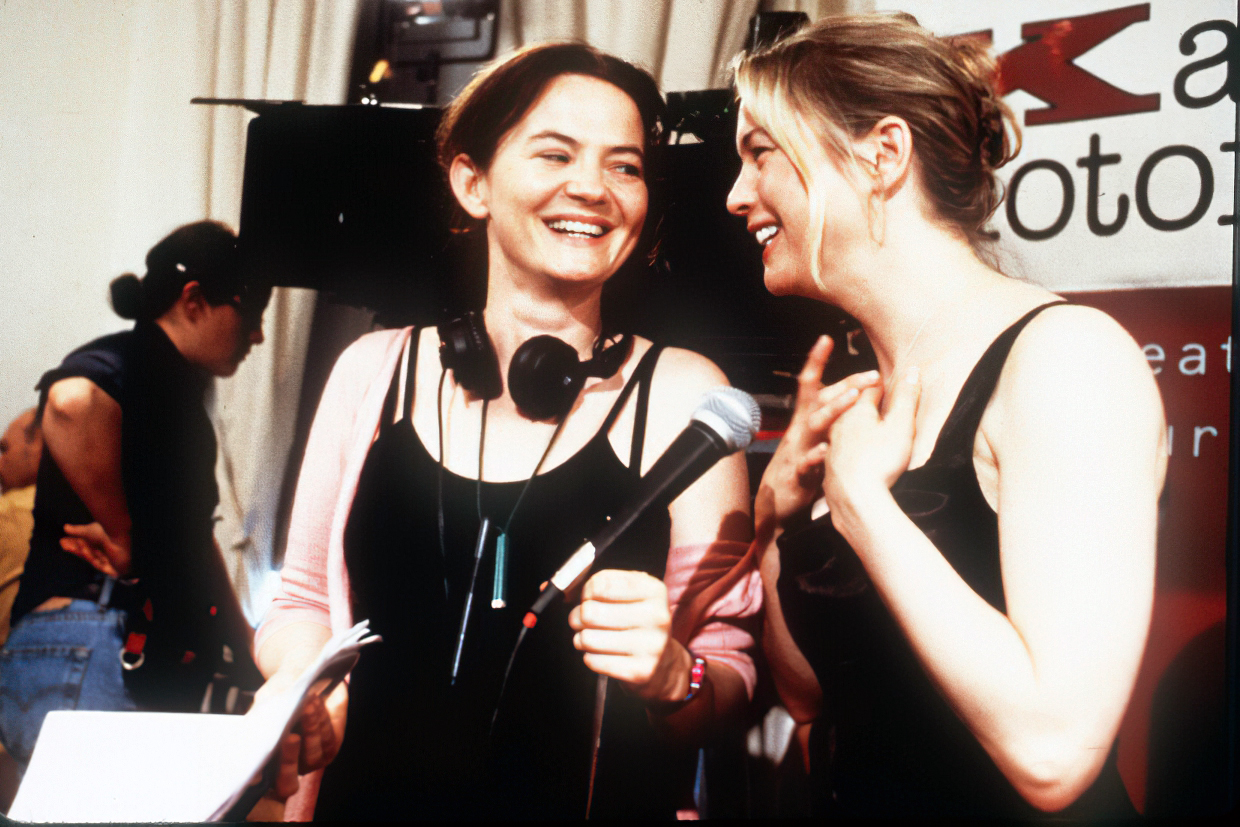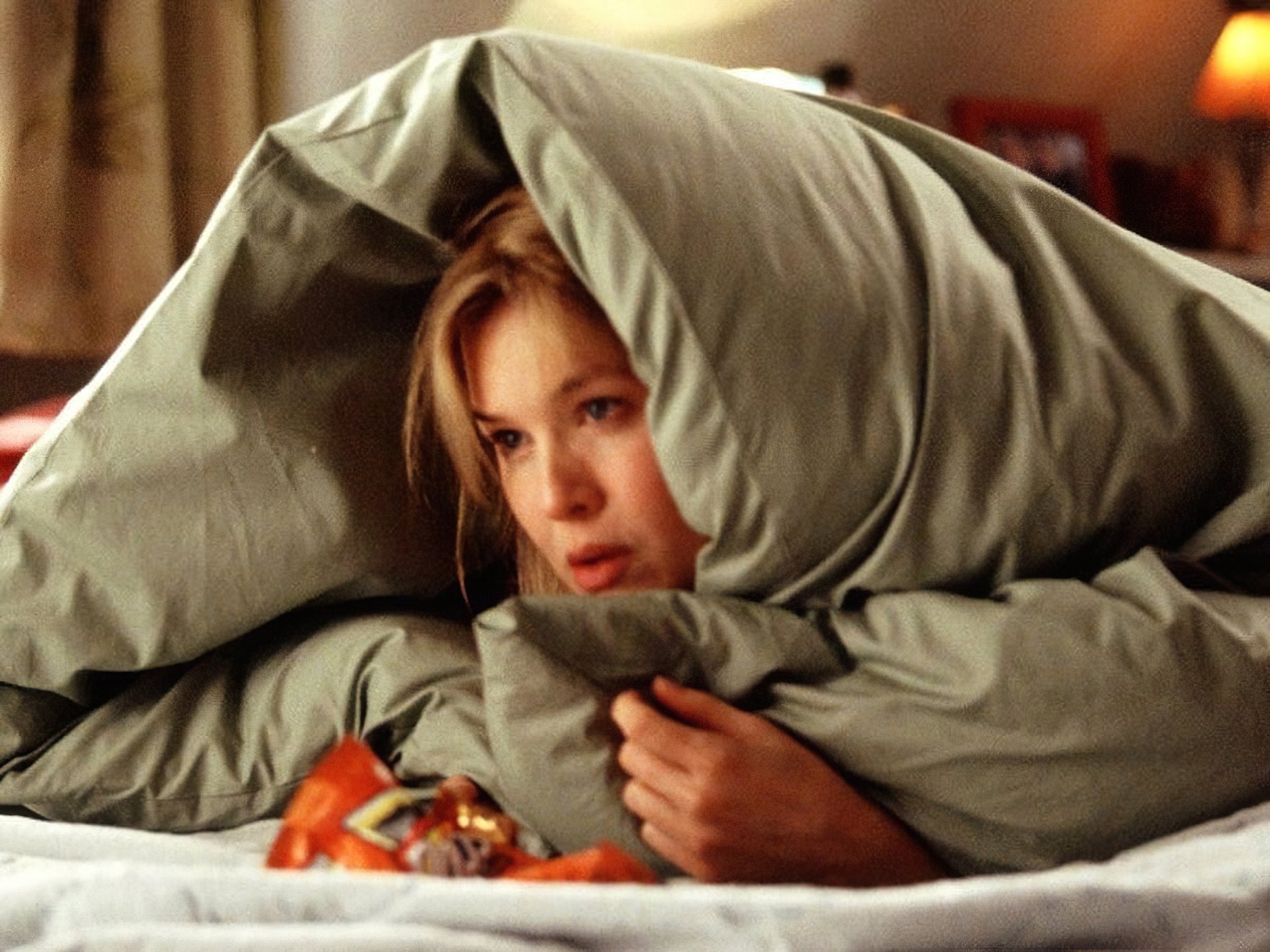
Bridget Jones’s Diary: Finding Heart and Humor Between the Pages
Twenty years later, Stuart Dryburgh, ASC looks back on shooting director Sharon Maquire’s raucous romantic comedy that opened doors for messy female romantic leads.
Cinematographer Stuart Dryburgh, ASC believes he was asked to interview for Bridget Jones’s Diary because of one factor: “‘Plays well with the girls’ has been on my resume for a long time.” He modestly omits that those collaborations with female directors include Jane Campion’s classic The Piano, for which he was nominated for an Academy Award, and that he had shot the romantic comedy hit Runaway Bride just the year prior.
More than just a cinematographer willing to work with women and on female-centric stories, Dryburgh has been very successful at it. Unfortunately, he knows that this made him unique: “Women directors were still cautious about collaborators at the time, even more so than now. I think there was a fear for women directors that a strong male cinematographer might tend to take over. To tell her, ‘This is how we do it, darling.’”
“For me as the cinematographer, the first thing I want to do is sit down with the director and let them tell me the story — tell me what the movie is about to them.”

That was not at all the case for Dryburgh and director Sharon Maquire, who were able to collaborate seamlessly.
Bridget Jones’s Diary was Maquire’s first narrative feature, her work previously being mainly focused on television directing. That said, she came into the project with a very specific vision: “For me as the cinematographer, the first thing I want to do is sit down with the director and let them tell me the story — tell me what the movie is about to them. Then I figure out how we can photograph it appropriately. Sharon has a special connection to the piece, because the character of Shazza in the book was based on her.”

The book Bridget Jones’s Diary, written by Helen Fielding, was a hit when it was published five years earlier. Chronicling a year in the life of a single, thirtysomething-year-old woman who drinks, smokes and has trouble in love, the book was lauded for its relatability. Dryburgh describes the style that he created with Maquire for the film as a British Sex and the City: “I see it as the beginning of strong female voices being heard in that raucous comedy world. It certainly wasn’t the first time a film like that was made, but it was definitely indicative of that growth.”
Of note, the cinematographer shot the 1998 Sex and the City pilot, helping to launch that hit series.
Visually, Dryburgh cites production design as an integral element to creating the style in a romantic comedy. “The crucial thing in romantic comedies is to make key characters look great and to keep the characters front and center,” he explains. “In Bridget Jones, one of the great delights for me was working with production designer Gemma Jackson. A lot of my visual cues I took from Gemma. Once we had established the look of that pokey little upstairs apartment, everything else fell in place. It informed where the light fell and where it should fall.”
The main sets of the film, including Bridget’s apartment and publishing office, were built on stage, the exteriors outside of the windows created with simple painted backgrounds. Dryburgh shot the film in Super 35 for a widescreen frame, using Arricam LT and ST cameras paired with Cooke S4s: “The Cookes render very nice skin tones and aren’t too sharp or contrasty. I didn’t think that was appropriate for this film. We didn’t shoot with any diffusion because of the Cooke lenses.” The film was finished traditionally and Dryburgh has not yet had the opportunity to return to the color grade in a DI.
“When you’re making a film like Bridget Jones, you have no concept that it’s going to be as iconic as it turned out. You’re just trying to make the best film you can.”

Much of the film was shot simultaneously on two cameras in order to preserve the spontaneity of the performances. Dryburgh notes that while he was not originally comfortable with shooting with multiple cameras, he had utilized the technique previously on the comedies Analyze This and Runaway Bride. The visuals were used to support the performance as much as possible. “From a cinematographer's point of view, it's a strangely difficult film to talk about,” he admits. “It’s not something where you say specifically, ‘This is good cinematography.’ It looks the way it should look. It's not dark and moody because it's a comedy, but it's not flat either. It has texture, a bit of urban grit. I was making the film that I felt we should be making. The film that it wanted to be. That’s always what I'm always striving to do on any picture, but I think it looks pretty good. I like the way it looks. There is a gritty beauty about it.”
The biggest technical challenges on the film came from the exterior work on the streets of London. One night, the main generator was stolen off the street. (Luckily, there was a backup.) Dryburgh laughs at this, calling his home country “a nation of thieves.” For the climatic scene of the film, a snowstorm had to be created in the middle of summer. To achieve the desired look, Dryburgh had to create a cinematic snowfall that worked with the romantic mood. “The final romantic scene with Mark Darcy [played by Colin Firth], which I think was really quite special, took place in a sort of orange, sodium light,” he remembers. “We had snowflakes floating very slowly, which is very rare, very hard to do. We used snow candles, which are like a flare that produced this sort of floaty ash instead of light. They're absolutely beautiful.”
Much of the creative joy for Dryburgh came from watching and highlighting the performances: “It was lovely to be a fly on the wall. That is sort of what you are as a cinematographer. You get it all set up, but you're essentially watching this happen. With Bridget Jones’s Diary, I was watching a really marvelous group of British Thespians at work. And Renée Zellweger adopted an English accent from the moment she arrived. She never let it go until the first AD called the wrap on the last day. Wow. Then she just broke and you heard her American accent. It was very interesting to see an actor that immersed. She actually went to work in a publishing house for a couple of weeks to understand what that was like as well.”
Looking back on the film 20 years later, the cinematographer is still pleasantly shocked by its reception: “When you’re making a film like Bridget Jones, you have no concept that it's going to be as iconic as it turned out. You’re just trying to make the best film you can.”
Bridget Jones’s Diary went on to become a successful franchise, with two further films produced to date, Bridget Jones: The Edge of Reason (2004) and Bridget Jones’s Baby (2016), the latter of which was directed by Sharon Maquire.
Dryburgh went on to shoot such features as Kate & Leopold, No Reservations, Nim’s Island, The Secret Life of Walter Mitty, Alice Through the Looking Glass, The Great Wall and Men in Black: International, as well as the pilots to the series Boardwalk Empire, Luck and New Amsterdam.






